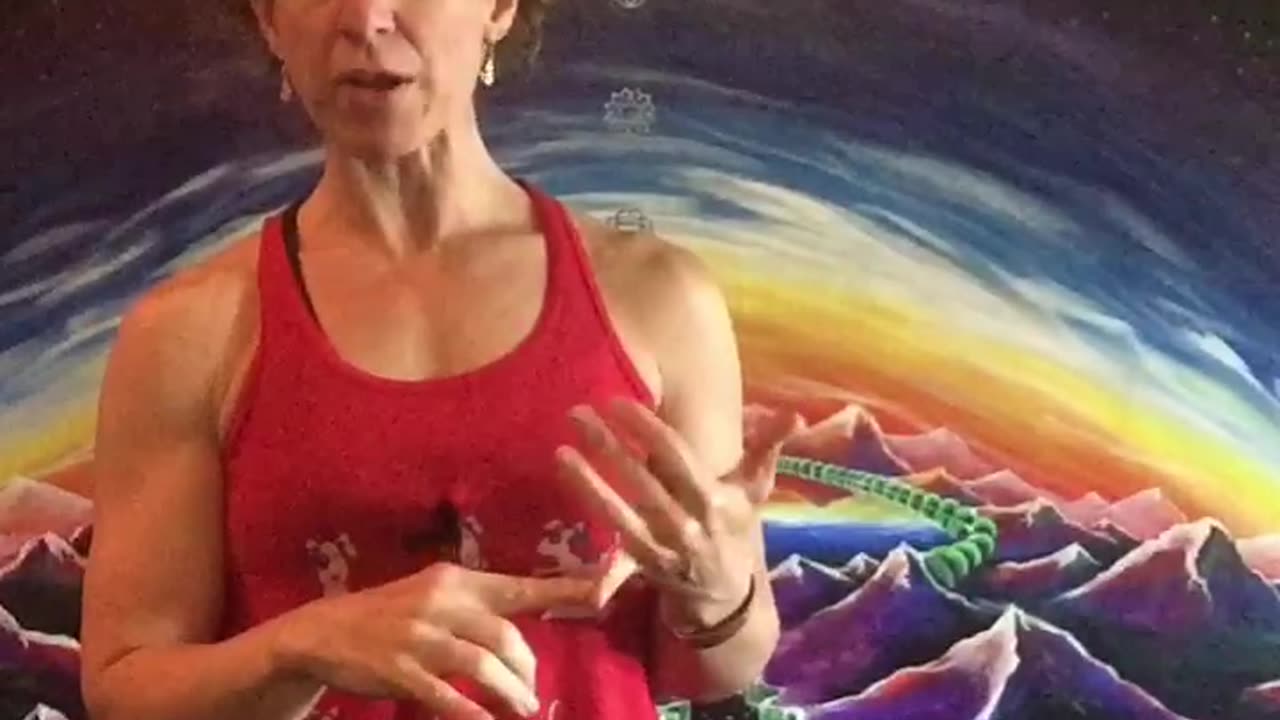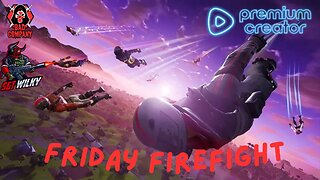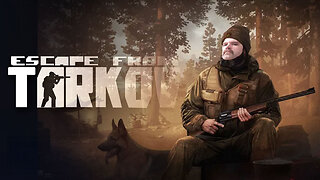Premium Only Content

Deconstructing Down Dog Part 4 of 10
If the person is shifted forwards in their down dog and the gleno-humoral joint (shoulder) is positioned closer to the hands or over the hands, there is a line of force that is going to pass down through and into the floor via the arms and hands.
If I was wanting them to do a charuranga this is close to the position that i want but not for down dog
As we start to moving into positions that is asking us to lifting heavier and heavier the weakness will come through and you will see people trying to flex and muscle their way through the pose to stay in the pose. This is at the experience of the neck, shoulder, elbow, and wrists.
A strength control weakness will manifest itself as poor control through the upper quarter (peripheral core) lack of ability to keep scapula strong; lack of ability to find length in the spine; poor control at gleno-humeral joint (GHJ)where we see anterior humeral translation
We don’t want to use the word form as there are so many components. -Is it a lack of humeral control?
-Is it a lack of scapular set strength?
-Is it a lack of platform strength?
-Or is it a lack of mobility at the thoracic spine?
As they lose scapula set; They will begin to expose the GHJ to more torque loading; b/c as they lose that scapular set and it starts to protract, it takes the glenoid away from that “sweet spot” position for down dog. Which means now the relationships between the elbow and the shoulder is going to increase in terms of lever loading.
So that loss of scapular set that is going to increase the torque loading at the glenohumeral joint, they are going to start beating their shoulders up overtime
Ahh the shoulder! Such a great area to cause lots of problems. Injuries, accidents, posture can change the biomechanics and the efficiency of this complex joint.
The shoulder complex is formed by the ✅ Sternum
✅ Clavicle ✅ Scapula
✅ Humerus
The are five joints of the shoulder joint:
1. Sternoclavicular Joint (SC joint)
2. Coracoclavicular Joint
3. Acromianclavicular Joint (AC joint)
4. Glen-humeral Joint
5. Scapulo-Thorax—Not a true joint
Important Ligaments: while there are many ligaments I’m only highlighting one today because of the associated arm movements with down dog.
This is a multilayered issue and only working here is not going to help very much.
I would assess all the ligaments and joints for a complete corrective one-on-one session.
These arm movements, muscles, ligaments all work together functionally and not in an isolated manner. Corrections done only in an isolated way are not very effective long term. So be careful and look at more than one possibility and understanding the muscular sequence of arm movements and how ligaments can inhibit the muscles altering the sequence is important to learn.
A couple of ligaments that plague students with full on pain or discomfort. head to website for full write up http://www.lovelandyogacorefitness.com/blog
Two tennis balls taped together with duct tape is a great thoracic spine mobility tool. Head to blog for description http://www.lovelandyogacorefitness.com/blog
-
 LIVE
LIVE
MyronGainesX
18 hours ago $4.88 earnedFormer Fed Explains FSU Shooting, Charlie Kirk vs Groyper Debate!
1,964 watching -

Sarah Westall
1 hour agoLingering IRA Scandal, Central Banker’s Criminal Dilemma and the Silver Squeeze w/ Andy Schectman
3.73K -
 LIVE
LIVE
Edge of Wonder
4 hours agoWhite House: ‘We Can Manipulate Time and Space’
541 watching -
 13:48
13:48
T-SPLY
6 hours agoEL SALVADOR TRIP FLOPS: Senator Slammed Hard!
50.2K44 -
 LIVE
LIVE
Sgt Wilky Plays
2 hours agoFriday Firefight Fortnite
45 watching -
 34:24
34:24
BonginoReport
4 hours agoVaccine Victim Speaks Out As Her Bones DIE off - Nightly Scroll w/ Hayley Caronia (Ep.30)
53K68 -
 LIVE
LIVE
The UC Zone
1 hour ago🔴LIVE - ESCAPE FROM TARKOV - BACK WITH THE SQUAD P2
56 watching -
 1:38:21
1:38:21
vivafrei
4 hours agoDemocrats Defend the INDEFENSIBLE! Canada Looks Like it is FOOKED! Florida Shooter Latest & MORE!
99.5K67 -
 28:45
28:45
Stephen Gardner
4 hours ago🔴TRUMP CURSE: Letitia James PANICS as ALL Documents made public!
53K72 -
 52:18
52:18
LFA TV
8 hours agoThe Deadly Disease of Forgetting History | TRUMPET DAILY 4.18.25 7PM
5.45K1